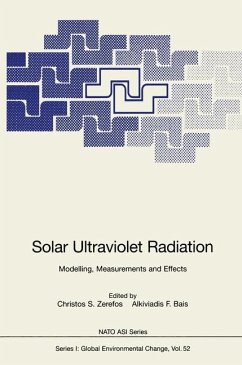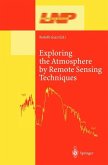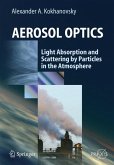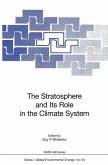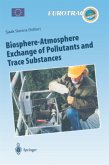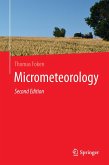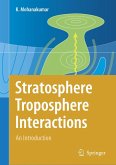Following the rapid developments in the UV-B measurement techniques and the rapidly growing research in the field in the late 80's and early 90's, we organized a large gathering of distinguished experts in a NATO Advanced Study Institute, held in Halkidiki, Greece on October, 2-11. 1995. The Institute was organized so as to include state of the art lectures on most aspects of solar ultraviolet radiation and its effects. This was achieved by extended lectures and discussions given in five sessions by 27 lecturers and a demonstration of filed measurements and calibration techniques at the end of the Institute. The ASI began with the sun and fundamentals on solar radiative emissions and their variability in time and continued with the interaction of solar Ultraviolet with the atmosphere through the complex scattering processes and photochemical reactions involved. Particular emphasis was given to changes in atmospheric composition imposed by different manifestations of the solar activity cycle. as well as on the modelling of radiative transfer through the atmosphere and the ocean under variable environmental conditions. Overviews on the ozone issue. its monitoring and variability were extensively discussed with emphasis on the observed acceleration of ozone decline in the early 90's. This acceleration had as a consequence, significant increases in UV-B radiation observed at a few world-wide distributed stations.

